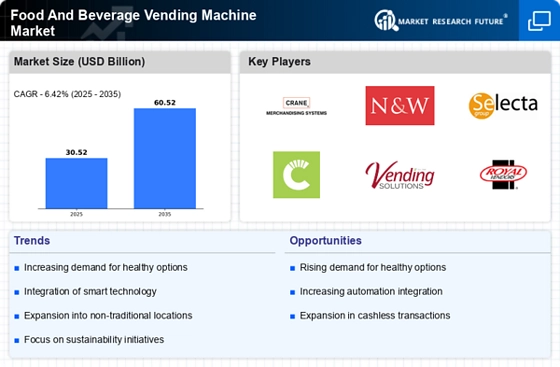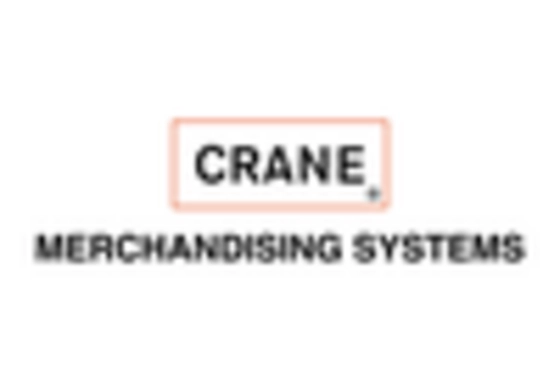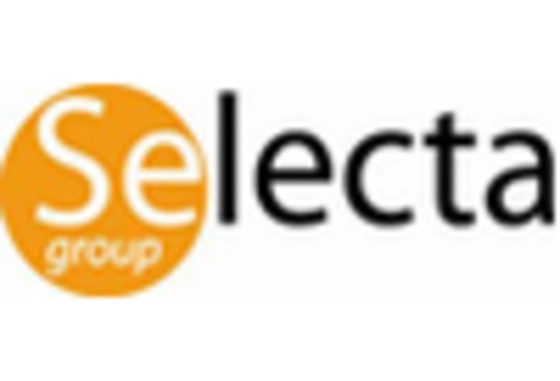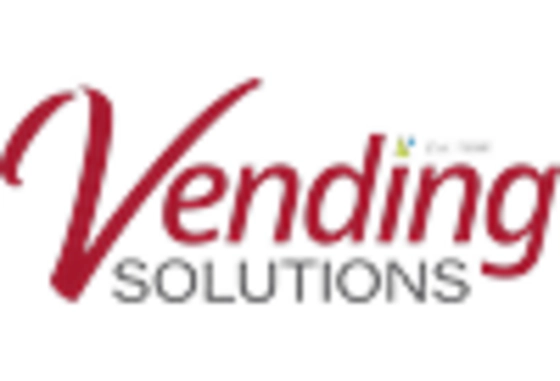Health and Wellness Trends
The Food And Beverage Vending Machine Market is increasingly influenced by health and wellness trends. As consumers become more health-conscious, there is a growing demand for healthier snack and beverage options in vending machines. This shift is prompting operators to diversify their offerings, incorporating organic, low-calorie, and nutrient-rich products. Market data indicates that the segment of healthy vending machines is expected to grow by 20% annually, as consumers actively seek alternatives to traditional junk food. This trend not only caters to the evolving preferences of health-oriented consumers but also aligns with broader societal movements towards better nutrition and wellness, positioning vending machines as viable sources of healthy food.
Technological Advancements
Technological advancements play a pivotal role in shaping the Food And Beverage Vending Machine Market. The integration of smart technology, such as cashless payment systems and interactive touchscreens, enhances user experience and operational efficiency. These innovations not only streamline transactions but also provide valuable data analytics for operators, enabling them to tailor offerings to consumer preferences. The market has seen a rise in machines equipped with IoT capabilities, allowing for real-time inventory management and remote monitoring. This technological evolution is expected to drive market growth, with estimates suggesting that the adoption of advanced vending solutions could increase by 30% in the coming years, reflecting a significant shift in consumer engagement.
Expansion into New Locations
The Food And Beverage Vending Machine Market is witnessing an expansion into new and diverse locations. Traditionally found in schools, offices, and transportation hubs, vending machines are now making their way into gyms, hospitals, and even residential complexes. This diversification of placement is driven by the need to cater to various consumer demographics and preferences. Data indicates that the market is likely to see a 15% increase in vending machine installations in non-traditional settings over the next few years. This strategic expansion not only broadens the consumer base but also enhances accessibility, allowing operators to tap into previously underserved markets and meet the growing demand for convenient food and beverage options.
Increased Demand for Convenience
The Food And Beverage Vending Machine Market experiences a notable surge in demand for convenience-driven solutions. As lifestyles become increasingly fast-paced, consumers seek quick and accessible food and beverage options. This trend is particularly evident in urban areas, where busy professionals and students favor vending machines for their efficiency. According to recent data, the market is projected to grow at a compound annual growth rate of approximately 5.5% over the next five years. This growth is indicative of a broader shift towards on-the-go consumption, where vending machines serve as a vital touchpoint for consumers looking for immediate satisfaction without the need for extensive preparation or waiting times.
Sustainability and Eco-Friendly Practices
Sustainability initiatives are increasingly shaping the Food And Beverage Vending Machine Market. As environmental concerns gain prominence, consumers are gravitating towards brands that prioritize eco-friendly practices. Vending machine operators are responding by offering products with sustainable packaging and sourcing ingredients from responsible suppliers. Additionally, machines that utilize energy-efficient technologies are becoming more prevalent, appealing to environmentally conscious consumers. Market analysis suggests that the demand for sustainable vending solutions could rise by 25% over the next few years, as consumers seek to minimize their ecological footprint. This trend not only enhances brand loyalty but also positions vending machines as part of the solution to environmental challenges.


















Leave a Comment